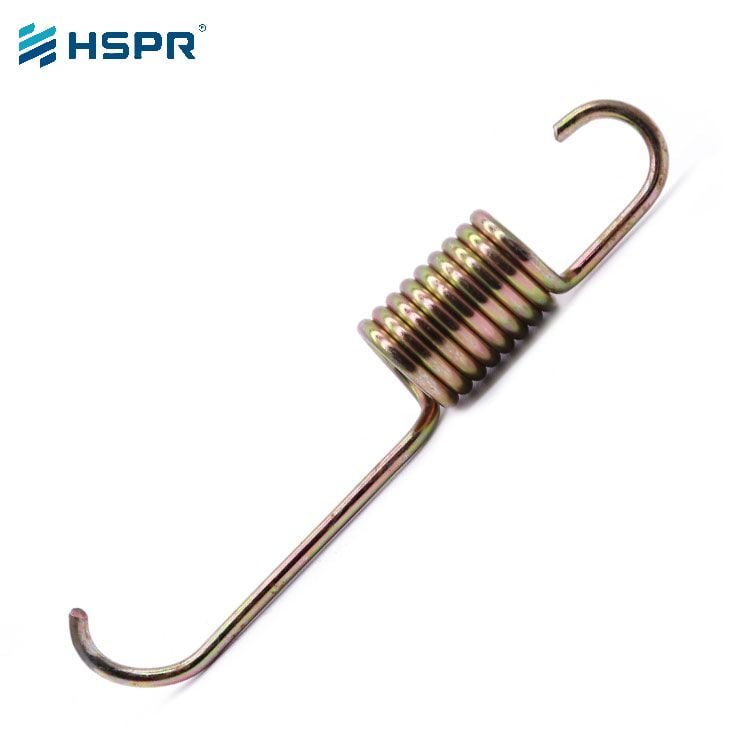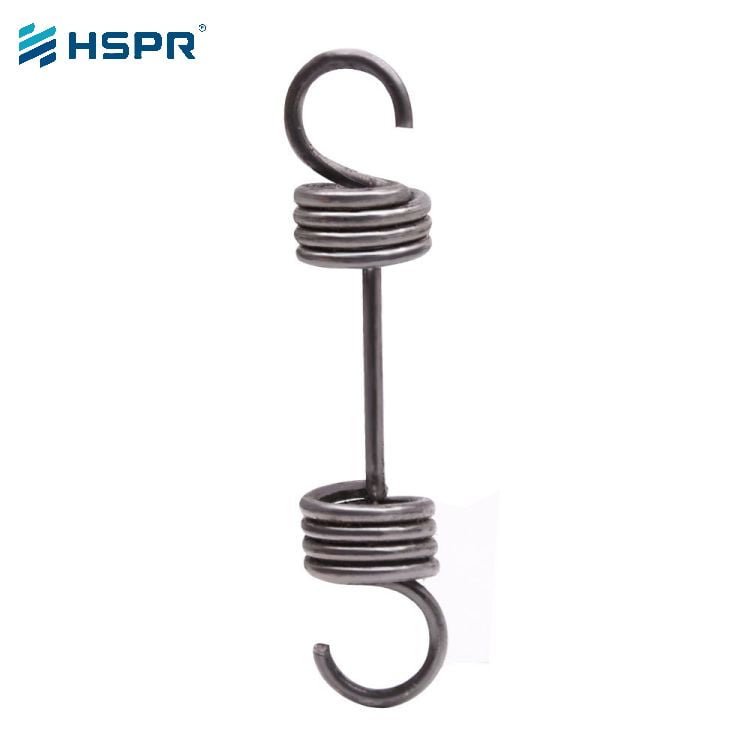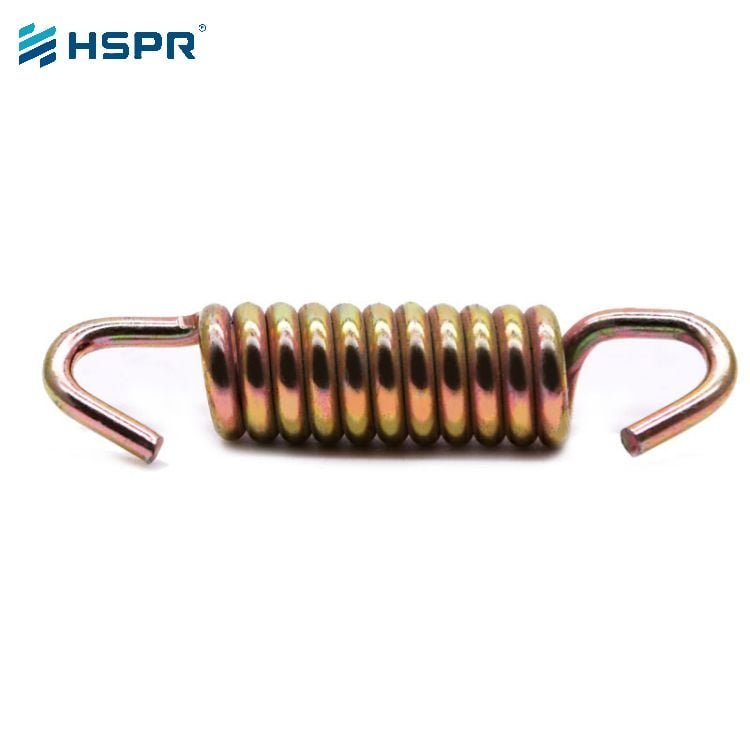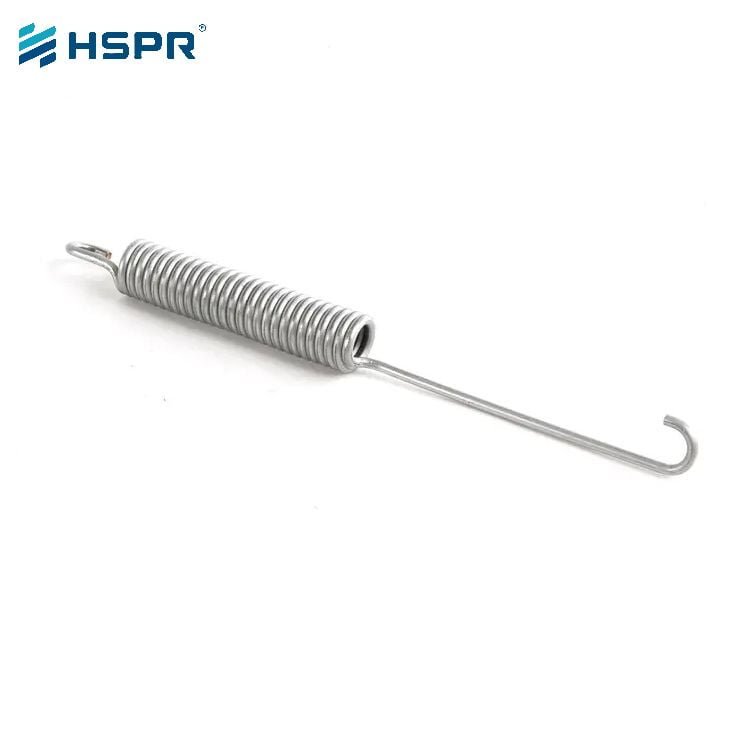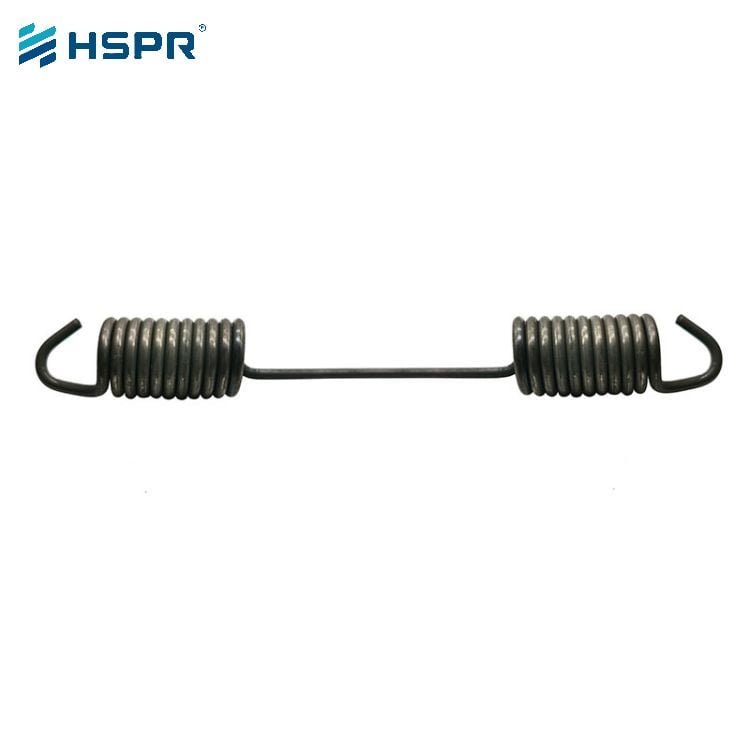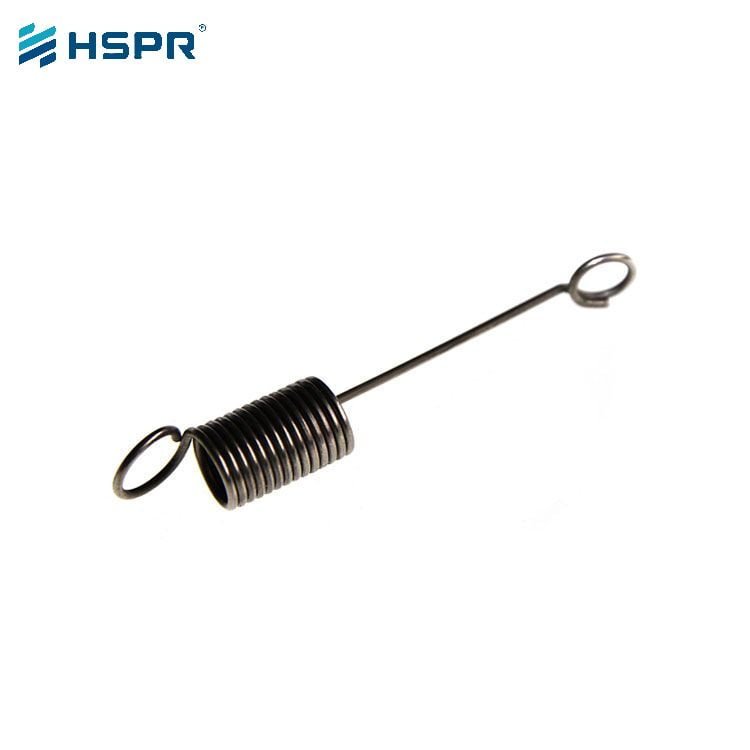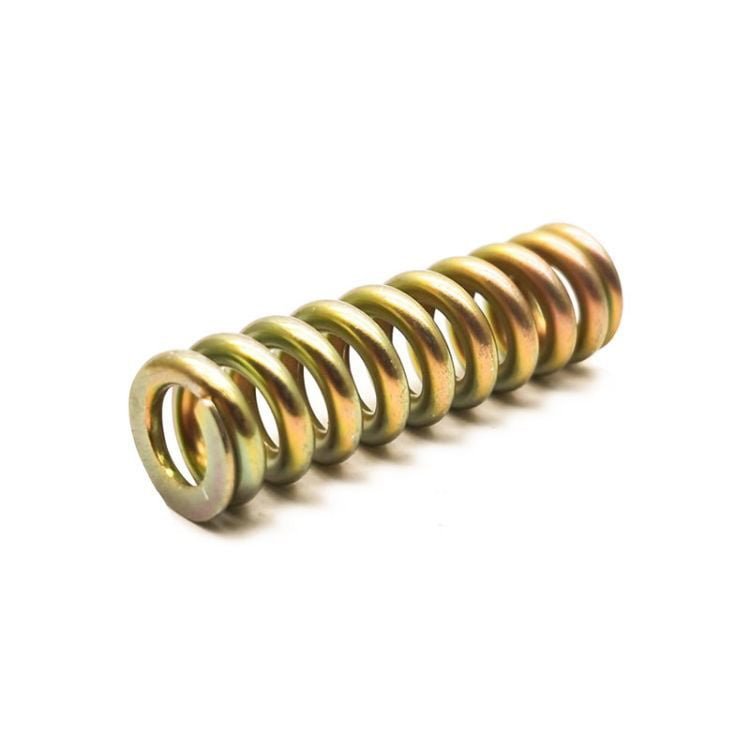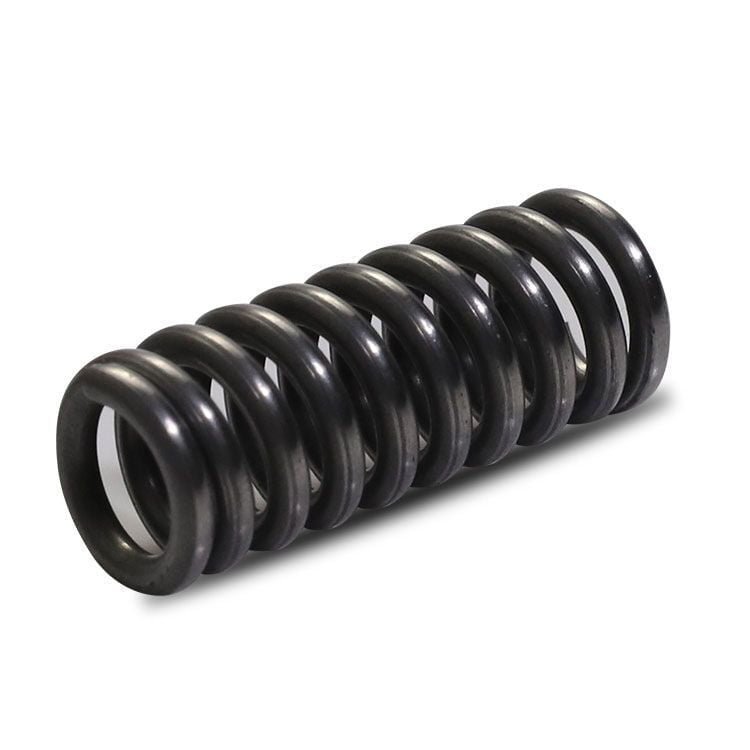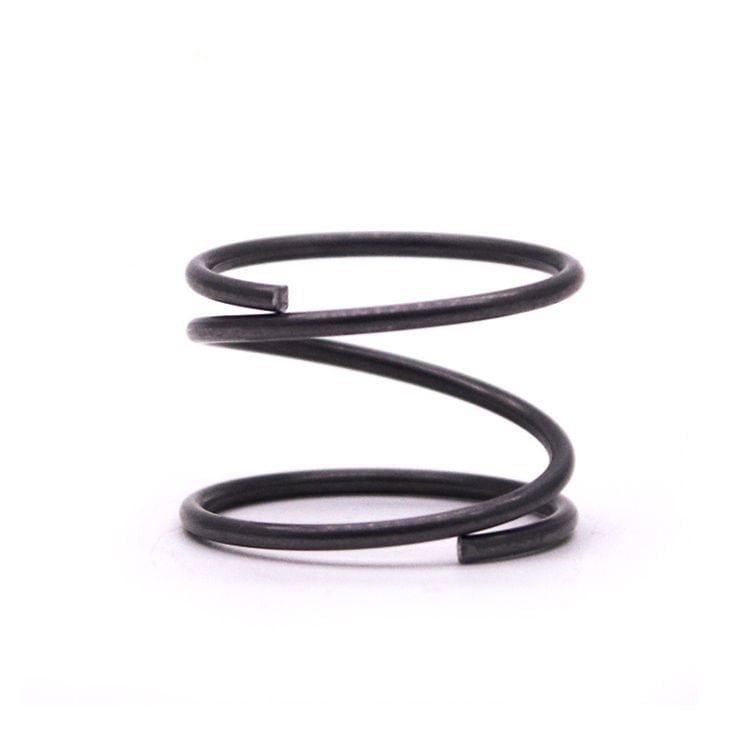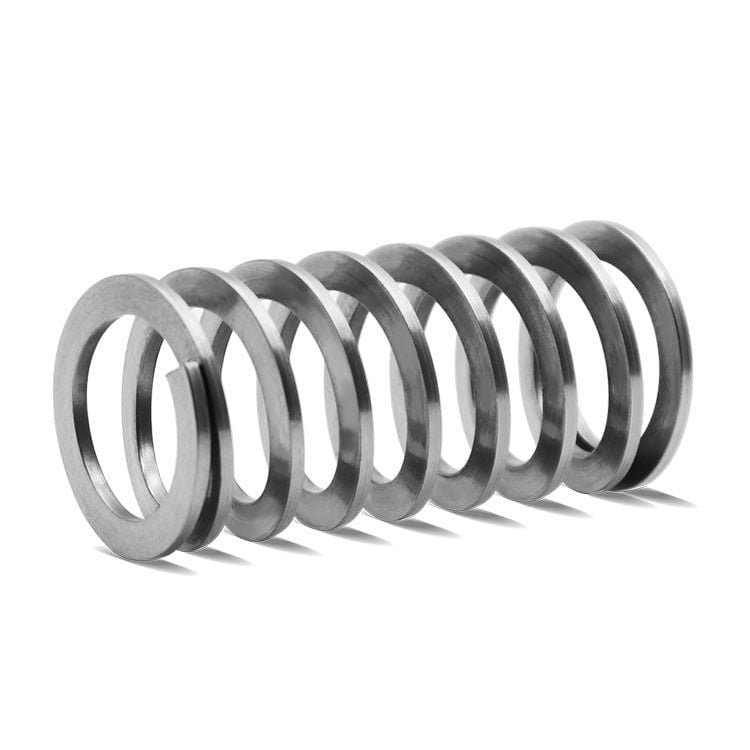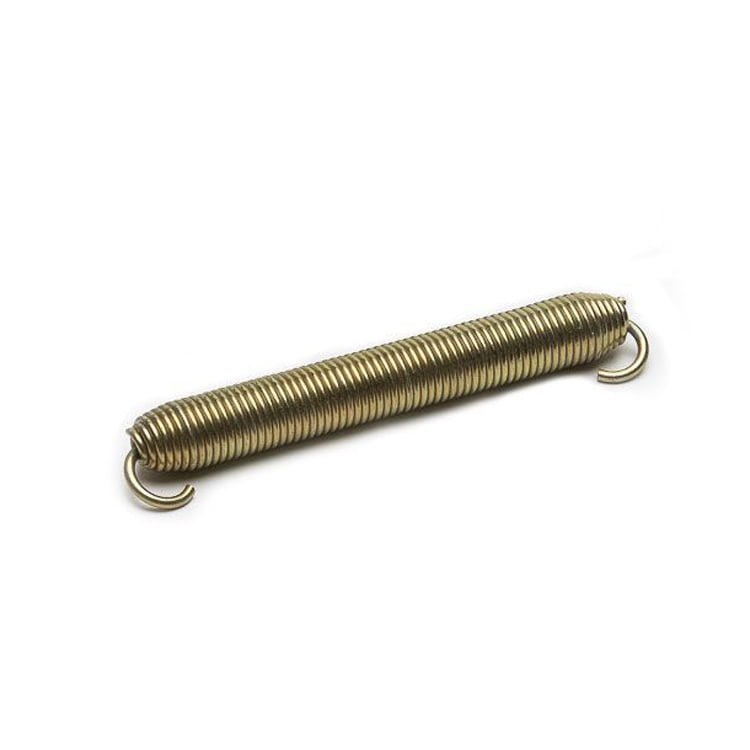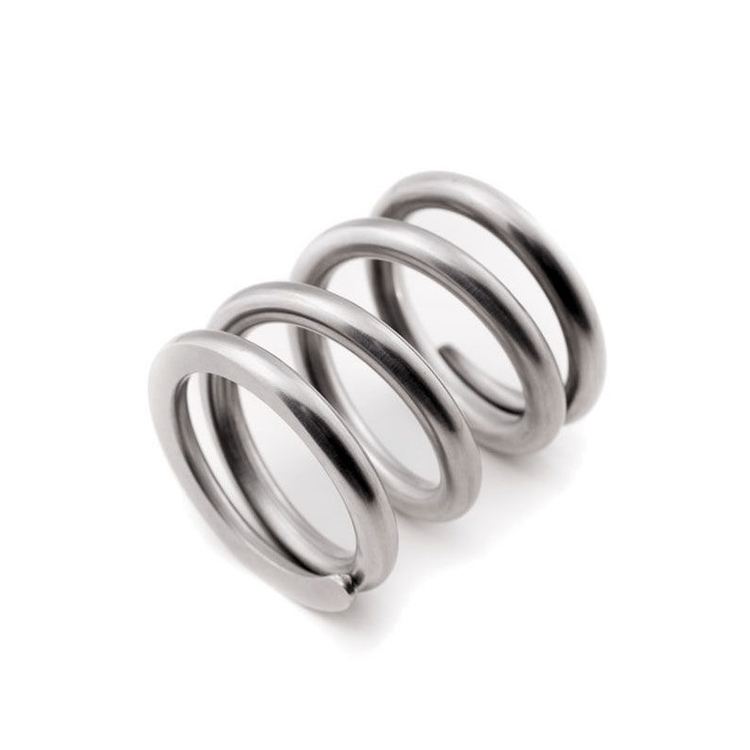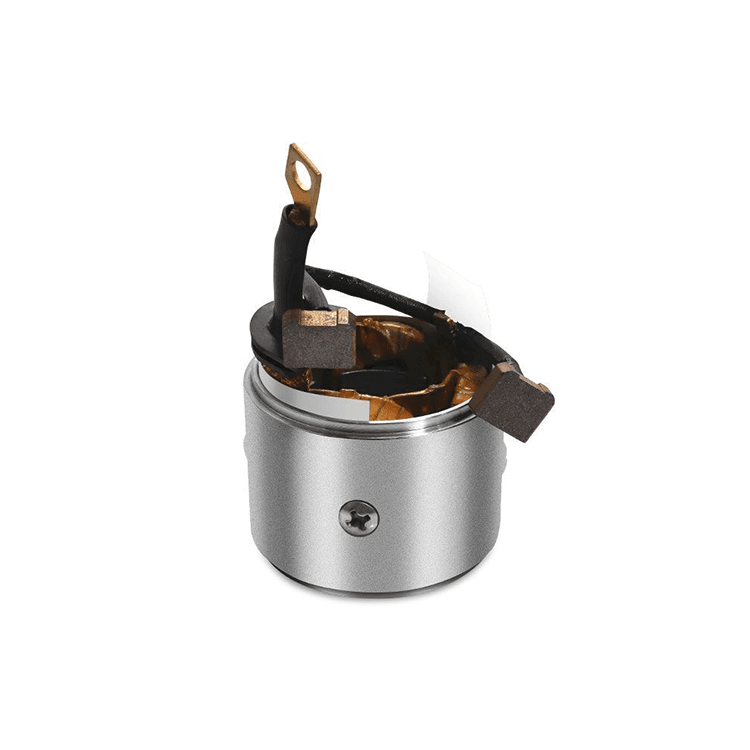Overload prevention extension spring
Overload prevention extension spring is a spring device designed to prevent overextension or damage when exceeding a set load. These springs play an important role in a variety of mechanical devices and systems, especially where precise control and protection of critical components from overload is required.
Overload prevention extension spring absorb and store energy and create resistance to tension. The ends of these springs are usually connected to other parts, and when these parts are separated, the spring will try to pull them back together, and the initial tension determines how tightly the spring is wound.

Applications for Overload prevention extension spring include automotive interiors and exteriors, garage door mainstays, vise, trampolines, washing equipment, agricultural machinery, toys, and thousands of other uses. These springs come in a variety of sizes and configurations, including ultra-small springs for medical devices, and large brake springs for off-road machinery.
Overload prevention extension spring usually have an initial tension, which forces the coils to squeeze against each other in the unloaded position. The stretch spring usually has an initial tension, after the initial tension is applied, the Overload prevention extension spring will not deflect until it is subjected to a load greater than the initial tension, and the stretch spring has hooks at the end to attach it to the application. Depending on the specific application, there are various hook styles and configurations to choose from.
Overload prevention extension spring are typically made of circular wire and tightly wound with initial tension, and applications include tape players, garage doors, balances, and automatic washing machines.
Tensile springs are subject to torsional stress in the body and are similar in design to compression springs, but differ in the following points:
- Most stretch springs are wound with initial tension;
- They do not have a balanced stop to prevent overloading, so the stress level is usually lower than the compression spring;
- Stretch springs are usually made of circular wires, which are then tightly wound to obtain the initial tension. The initial tension of tight winding is the main difference between compression spring and stretch spring production. Tension springs are primarily used in spring applications where energy needs to be stored and tension applied.
Overload prevention extension spring design considerations, have you considered these factors?
1.Leave clearance for dynamically loaded custom stretch springs.
- When deflected, the stretch spring does not need a central shaft or hole to prevent buckling, and sudden dynamic loading or unloading can cause the stretch spring to vibrate laterally, which can cause additional stress and lead to noise and premature failure. Appropriate clearance can reduce or alleviate these stresses and results.
2. Static working stress.
- Because the end of the stretch spring is often stretched, twisted, or marked during coil formation, the maximum stress at the end should be lower than the spring body.
3. Tolerance guidelines.
- Because some spring manufacturers have different machining capabilities and may change tolerance values, it is important that you discuss your spring free length, Angle of end and load tolerance needs with us.
4. Strict tolerances.
- May increase manufacturing costs
Key design parameters of Overload prevention extension spring:
- Free length: the length of the spring in the no-load position
- Extension length: The length of the fully rated extension
- Spring rate: is the force in unit of the amount of spring deformation, such as pounds per inch formed
- Maximum load: It is the load at full rated stretch
Overload prevention extension spring is an important mechanical component, which can effectively protect the system against overload through its special structure and material characteristics. Various factors need to be taken into account during selection, installation and maintenance to ensure proper operation and optimal performance.
